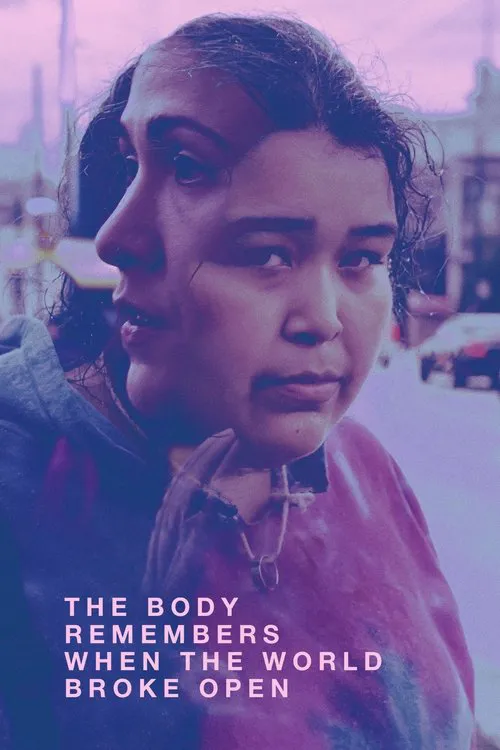The Body Remembers When the World Broke Open

Plot
The Body Remembers When the World Broke Open is a poignant and unflinching drama that delves into the aftermath of trauma, the complexities of female relationships, and the resilience of Indigenous cultures. The film, directed by Kathleen Hepburn and Eliza Chiu, is a masterful exploration of the interconnected lives of two women, Áila and Rosie, whose paths cross in a pivotal moment that will forever alter the trajectory of their lives. The film opens with Áila, an Indigenous woman in her mid-twenties, who is returning home from work on a rainy evening. Her mundane routine is disrupted when she encounters a young woman, Rosie, who is barefoot and crying on the side of the road. Áila's initial instinct is to help Rosie, and she quickly takes her home, where Rosie will eventually open up about her ordeal. As the evening unfolds, the film reveals a deeply personal and emotionally charged dynamic between Áila and Rosie. Áila's initial decision to take Rosie home is a gesture of kindness and empathy, which gradually evolves into a deep sense of connection and understanding. Rosie, shaken by the violent assault at the hands of her boyfriend, is grappling with feelings of shame, guilt, and disconnection from her own body and culture. Áila, who has her own scars and experiences of trauma, empathizes with Rosie's pain and offers a safe and non-judgmental space for her to process her emotions. The film masterfully captures the intricate web of emotions that arises between the two women as they navigate the aftermath of trauma. As they share stories, laughter, and tears, their relationship evolves from a simple act of kindness to a deep and profound bond. Throughout the film, the director incorporates a range of poetic and visually stunning sequences that not only reflect the beauty and resilience of Indigenous cultures but also the fragility and vulnerability of individual human experiences. From the lush, vibrant landscapes of the Canadian wilderness to the intimate moments of connection between Áila and Rosie, the film is a testament to the power of storytelling and the human capacity for empathy, understanding, and healing. One of the film's most striking elements is its nuanced portrayal of Indigenous women and the intergenerational trauma that has impacted their lives. Through Áila and Rosie's stories, the film sheds light on the complex and often fraught relationship between Indigenous women and the Canadian state, highlighting the ways in which colonization, racism, and cultural erasure have ravaged Indigenous communities and left deep scars on individual lives. The film's title, The Body Remembers When the World Broke Open, is a poignant metaphor for the ways in which trauma can reside in the body, waiting to be acknowledged and healed. The title also suggests that the trauma is not confined to individual experiences but is, in fact, a symptom of a larger societal wound – one that requires collective healing and accountability. Ultimately, The Body Remembers When the World Broke Open is a deeply moving and powerful film that will linger long after the credits roll. Its unflinching portrayal of trauma, its celebration of Indigenous cultures, and its testament to the human capacity for connection and healing make it a must-see for audiences seeking a cinematic experience that is both profound and cathartic.
Reviews
Recommendations




